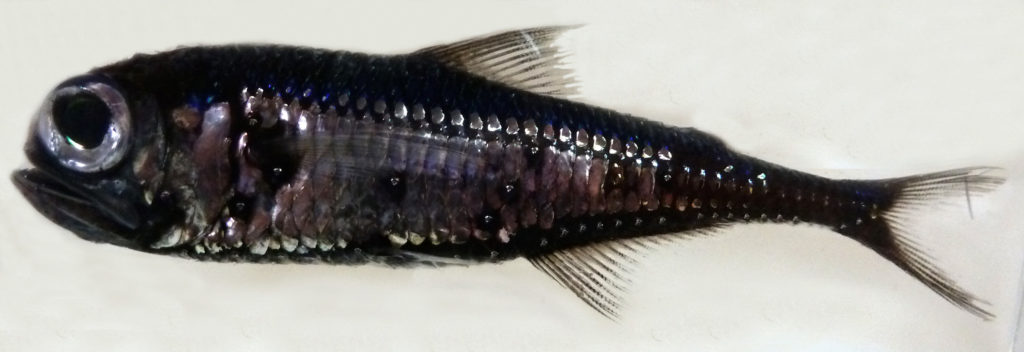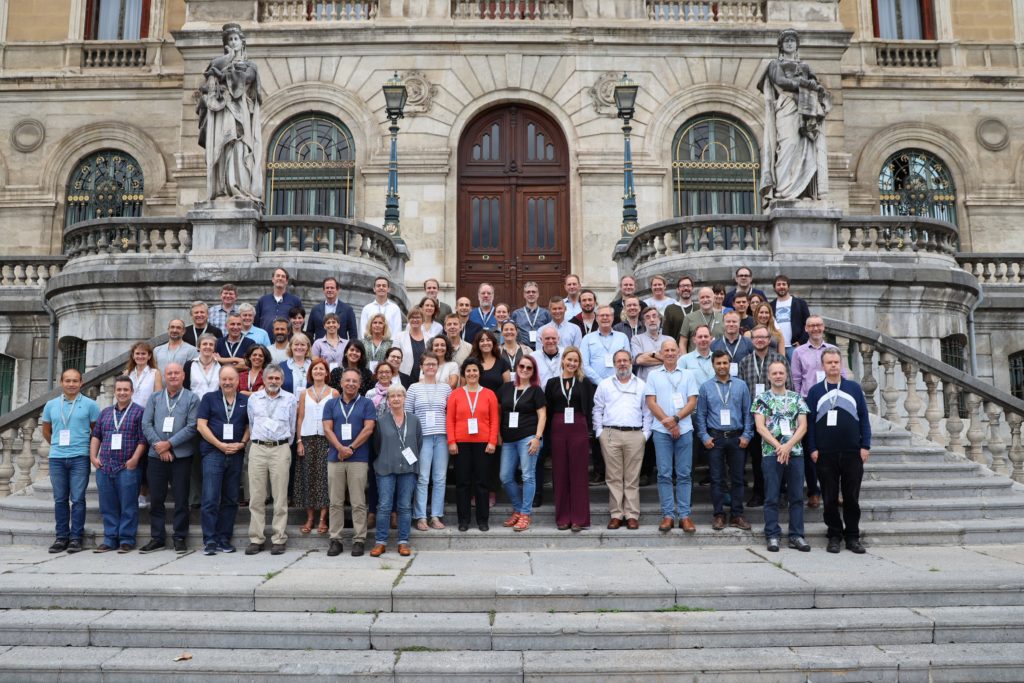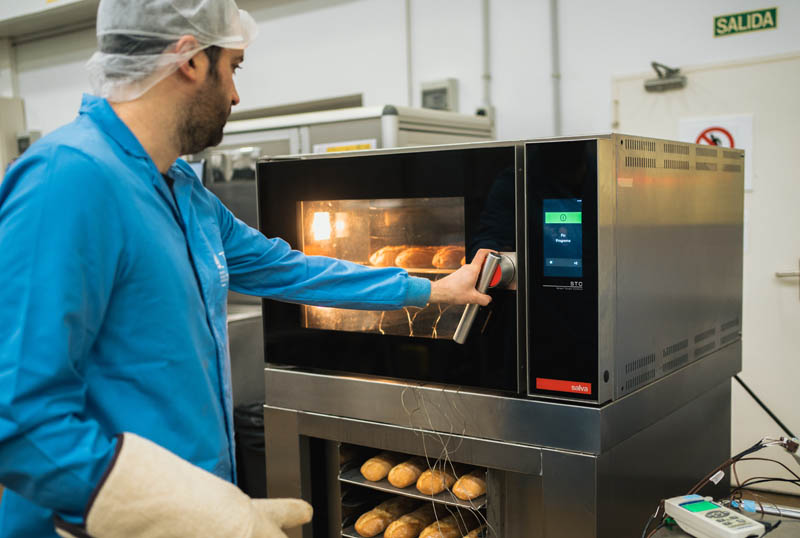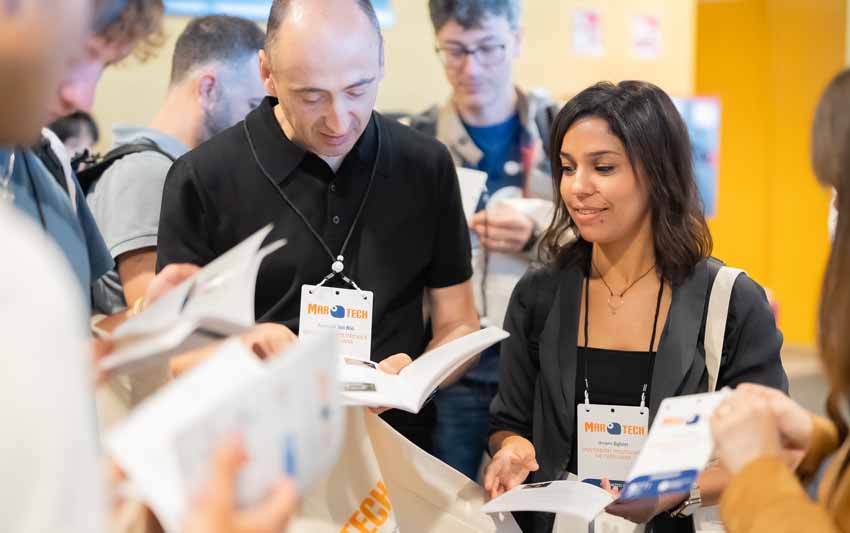Deciphering and protecting the last known abundant and unexploited marine ecosystem on Earth
Últimas noticias
Una mirada LGTBIQ+ al reino animal
Circular Economy in Action: Valorisation of By-products through Projects like PRIMA NEWFEED
Strategic Perspectives: Highlights from the Food4Future World Summit for Business Leaders
- The AZTI research centre is leading the “SUMMER” Horizon2020 project. This is an initiative that seeks to generate knowledge about mesopelagic fish; the largest known unexploited marine living resource.
- The study will establish a protocol to estimate the biomass of these fish, the opportunities offered by its exploitation, and the associated risks, in order to assess if it can be exploited in a sustainable manner.
- The project, which will last until 2023, has a budget of 6.5 million Euros and includes 22 research centres and companies from ten countries in Europe and beyond. The project officially launches September 24-26th in Bilbao, Spain, with more than 70 researchers attending.

Bilbao, on 25 of September 2019 – Advances in research and technology have helped to considerably improve our knowledge of the ocean and of its natural resources. However, there are still ecosystems to be explored. One of these is the mesopelagic ecosystem, the zone located at depths of between 200 and 1000 metres. According to recent studies, fish biomass in this zone could amount to 10 billion tonnes; ten times more than the biomass of all the other fish together. This makes it the largest known marine living resource unexploited to date by humankind.
But what species does this community consist of? What opportunities does its exploitation offer? How would such exploitation affect other marine organisms and ecosystems? What effect would its exploitation have on existing and unknown stressors from climate change? To answer these questions, the AZTI research centre in Spain is coordinating the SUMMER Horizon2020 project; an initiative that seeks to know more about this mesopelagic community, as well as the opportunities and risks represented by its exploitation.
More specifically, the project will establish a protocol to improve the accuracy of the mesopelagic fish biomass estimates, and will quantify the ecosystem services that it provides; namely, all the benefits that are or can be derived from these organisms, such as, for instance, source of food for aquaculture, or its function both in the trophic chain and in climate regulation.
“Within the framework of the project, we will also determine how these organisms contribute to atmospheric carbon dioxide sequestration, and we will explore the potential use of mesopelagic fish in fish meal and processed food industries, including as a source of bioactive compounds for pharmaceutical and nutraceutical products”, Xabier Irigoien, the scientific director of AZTI explains.
To achieve these objectives, the project will collect samples from the mesopelagic community, which currently serve as food for high trophic level organisms that have considerable economic and cultural importance, such as squid, tuna, sharks, manta rays, deep-water fish, marine birds and mammals.
The SUMMER objective: sustainable management
According to the latest report of the Food and Agriculture Organisation of the United Nations, by 2050 the world’s human population will have surpassed 10 billion and will need 70% more food than today. In this sense, it is noteworthy that the current consumption of fish is already at maximum sustainable levels. As such, the potential biomass of mesopelagic fish has awoken interest both as a source of food for aquaculture in the form of fish feed, as well as for the nutraceutical and pharmaceutical industries.
“To exploit this resource in a sustainable manner, we must have an adequate preliminary estimation of its abundance, of the ecosystem services that it provides, and in turn, of the risks associated with its exploitation. We must provide an urgent answer to the lack of knowledge about essential aspects, such as the species that comprise this ecosystem, what the biomass is, or how they are spatially distributed”, Irigoien points out.
Furthermore, the role played by mesopelagic organisms in capturing CO2 and sequestering it, and thereby playing a part in climate regulation, has still not been quantified. “The possible net benefits of its exploitation could be lower than the cost, due to its role as food for other species and its place in global climate regulation. Before commercially exploiting this ecosystem, we must assess all the other services it provides us”, the expert states.








